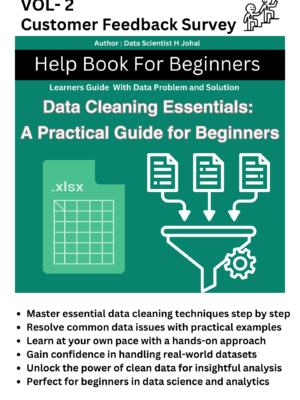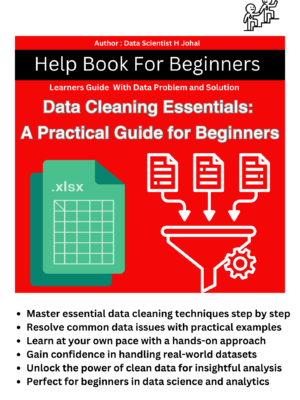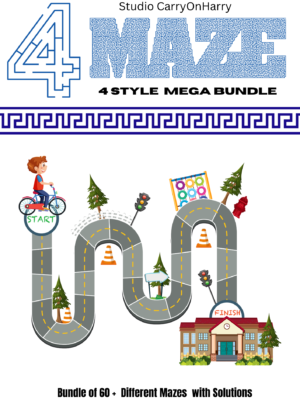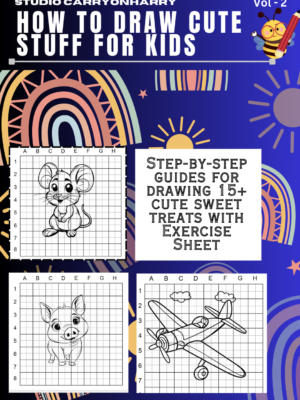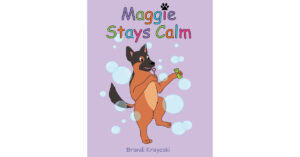Popularity Views : 298
Writing a novel or any piece of long-form writing is a challenging task, but the true magic happens during the revision process. Revision is where you take your raw ideas and shape them into a polished work of art. However, many writers find the revision process daunting and overwhelming. In this article, we’ll share some strategies for revising and editing your work effectively, from identifying plot holes and pacing issues to tightening your prose and enhancing your characterization.
Why Revision is Crucial
The first draft of any writing is just the beginning. The true writing comes during the revision process, where you refine and polish your work. Revision allows you to:
- Identify plot holes and inconsistencies
- Improve pacing and flow
- Strengthen characterization and character arcs
- Enhance themes and motifs
- Eliminate unnecessary scenes or information
- Tighten your prose
- Ensure consistency in tone and voice
Without revision, your writing may lack depth, clarity, and cohesiveness.
Strategies for Effective Revision
Take a Break
Before diving into the revision process, it’s important to take a break from your work. Put your manuscript aside for a few days or even a week. This will allow you to approach your work with fresh eyes and a clear mind.
Identify Weaknesses and Strengths
Once you’ve returned to your manuscript, read through it from beginning to end. As you read, make note of areas that need improvement, such as plot holes, pacing issues, or weak characterization. It’s also important to take note of your strengths, such as engaging dialogue or vivid description.
Get Feedback
Feedback from other writers or trusted beta readers can be invaluable during the revision process. They can offer fresh perspectives and identify areas that you may have overlooked. Take their feedback into consideration, but remember to trust your own instincts as well.
Break it Down
Revision can be overwhelming, so it’s helpful to break it down into manageable chunks. Start with larger issues, such as plot and characterization, before moving on to smaller issues such as dialogue and word choice.
Read Aloud
Reading your work aloud can help you identify awkward phrasing or pacing issues. It can also help you ensure that your dialogue sounds natural and your descriptions are vivid.
Trim the Fat
Eliminating unnecessary scenes, information, or even characters can help tighten your work and improve pacing. If a scene or character doesn’t advance the plot or contribute to the overall theme, consider cutting it.
Final Thoughts
The revision process can be daunting, but it’s an essential part of the writing process. By taking a break, identifying weaknesses and strengths, getting feedback, breaking down the process, reading aloud, and trimming the fat, you can polish your work and turn your rough draft into a polished masterpiece.
Remember, revision is not a one-time process. It may take multiple rounds of revision to get your work to where you want it to be. But with dedication and hard work, you can create a work that is truly a reflection of your writing skills and vision.



